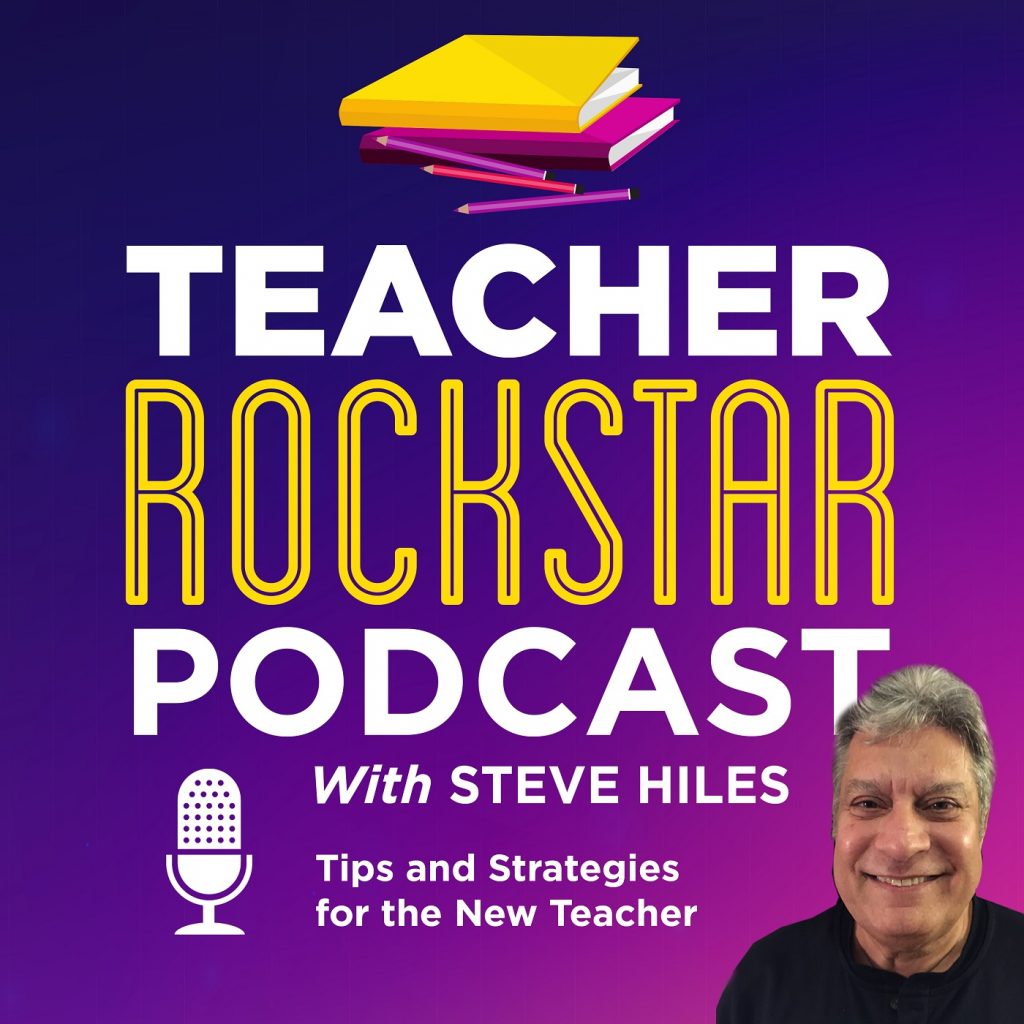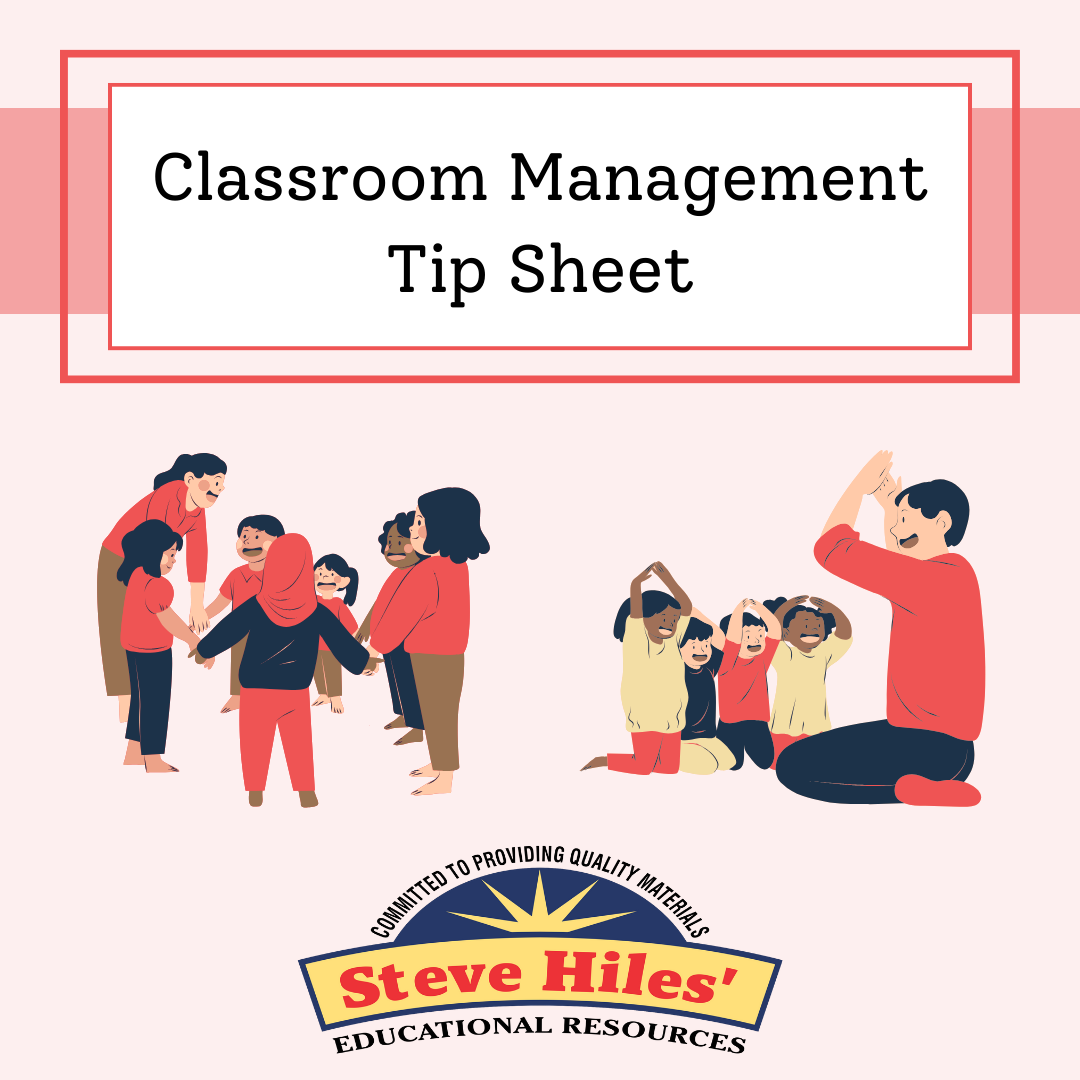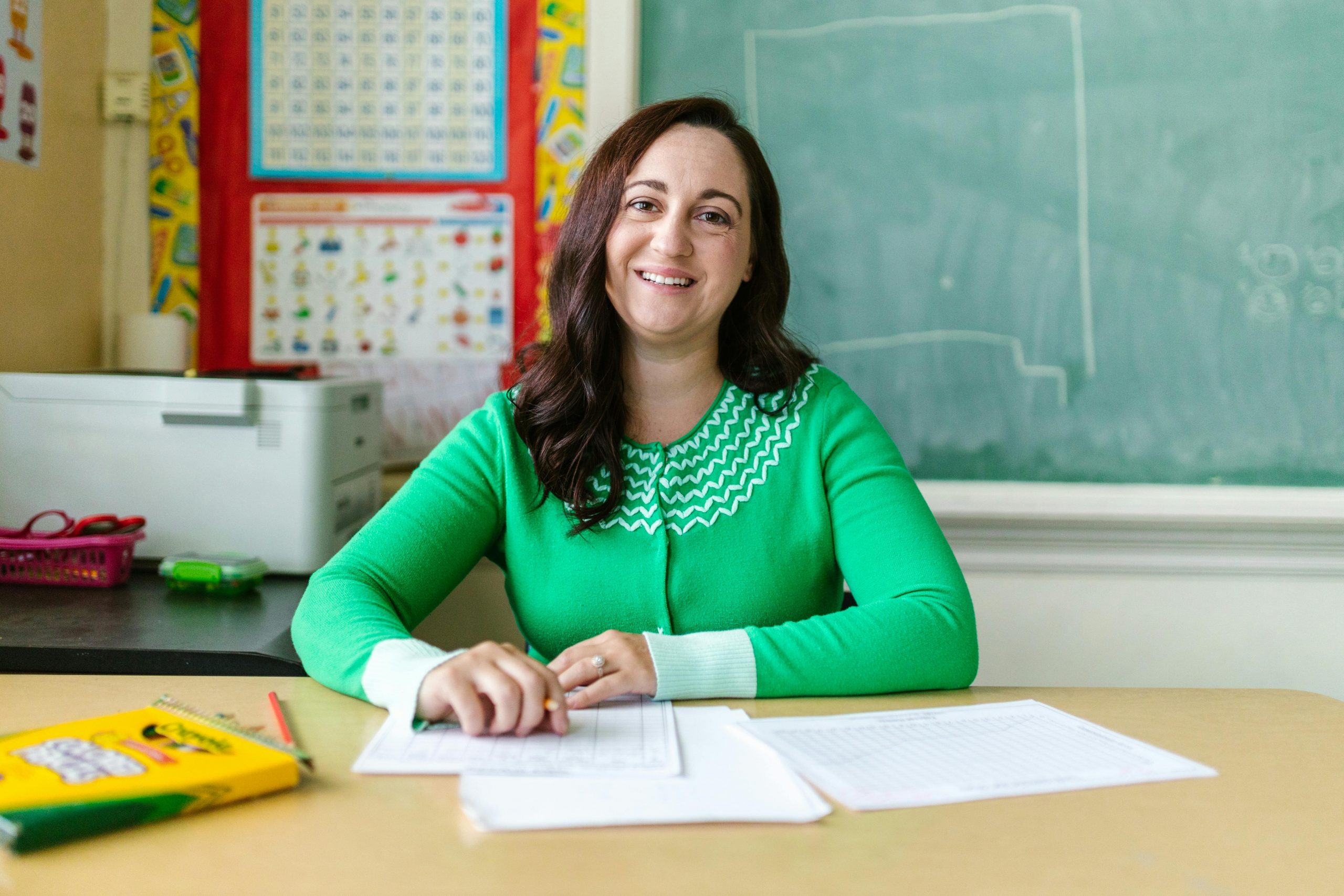This week, I want to talk about the juicy topic of The Science of Engaged Learning.
Now, picture this: Your mid-lesson, explaining photosynthesis, and you’re met with the infamous student look—that blank stare that screams, “I’m here, but my brain checked out five minutes ago.” Sound familiar? Today, we’re going to talk about how to keep those brains checked in. Spoiler alert: It involves curiosity, engagement, and a little sprinkle of interactive magic.
Let’s start with curiosity. It’s the fuel for learning—the spark that makes students want to dig deeper, ask questions, and, dare I say, actually care about what they’re learning. Neuroscience tells us that curiosity lights up the brain’s reward center. It’s like the brain’s version of eating a chocolate chip cookie. And who doesn’t love a good cookie?
Let me tell you a quick story. Back in my early days of teaching, I had a student who I’ll call Jacob. He was that kid who always seemed bored. One day, I decided to start my lesson on ancient Egypt with a question: “What would happen if we discovered a brand-new pyramid today?” Instantly, Jacob’s head shot up. He was hooked. He had theories, questions, and—to my delight—actual engagement for the rest of the unit. Why? Because that question tapped into his curiosity. Boom, the magic of learning!

Alright, so how do we bottle up that magic and use it consistently? It starts with designing lessons that are anything but predictable. Here are three quick strategies:
- Start with a Mystery: Pose an intriguing question or a riddle related to your lesson. For example, “Why do cats always land on their feet?” for a physics class. Even your most disengaged students will lean in for the answer.
- Storytelling: People love stories—your students included. Instead of saying, “Today, we’re learning about the water cycle,” try, “Let me tell you the incredible journey of a single raindrop named Drippy.” Trust me, Drippy’s adventures will be a hit.
- Student Choice: Give students ownership over their learning. Let them choose how to demonstrate understanding—a poster, a skit, or even a TikTok video (with guidelines, of course!).
Oh, and a bonus tip: enthusiasm is contagious. If you’re excited about the lesson, your students are far more likely to be excited, too. Remember, you’re not just teaching; you’re performing.
Now, let’s talk interactivity—the secret sauce for engagement. The more you get your students moving, talking, and actively participating, the better. And yes, this works even if your classroom isn’t equipped with a state-of-the-art smartboard.
Here’s another quick story. During a lesson on ecosystems, I once turned my classroom into a living food web. Each student got a card: some were plants, others were herbivores, and a few lucky ones were predators. They had to interact, “eating” or “being eaten,” to demonstrate the flow of energy. By the end of the lesson, not only did they understand the concept, but they also had a blast pretending to be a deer or a wolf. One student even went full method acting as a carrot. That’s engagement, folks.
And here are some interactive activity ideas:
- Think-Pair-Share: Simple, effective, and gets everyone’s brains in gear.
- Gallery Walks: Post questions or problems around the room and have students rotate to solve or discuss them.
- Class Debates: Nothing gets students fired up like taking sides and defending their arguments.
So, there you have it—the science of engaged learning in a nutshell. It’s about sparking curiosity, planning lessons that surprise and inspire, and using interactivity to keep those brains buzzing. Remember, when you make learning an adventure, you’re not just teaching—you’re transforming lives.
I’d love to hear your engagement success stories. What’s worked for you?









